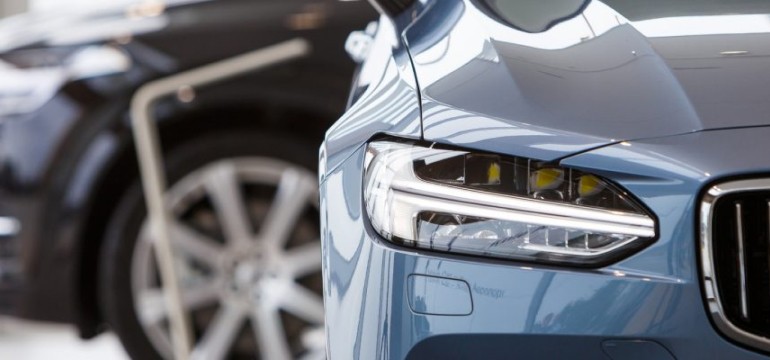If you’re considering purchasing an electric car, you’re not alone. In fact, it’s estimated that by 2035, a quarter of all vehicles sold in the United States will be electric.
One important aspect to consider is what to do if your electric car breaks down. Towing an electric car requires some additional knowledge and expertise compared to towing a traditional gas-powered vehicle. This article provides essential information on how to properly tow an electric car, so you can be prepared in case of an emergency.
With the increasing popularity of electric cars, it’s important for tow truck operators and car owners to understand the unique requirements of towing electric vehicles. These vehicles have high-voltage electrical systems that require specialized equipment and training to handle safely. If not towed properly, there is a risk of damaging the vehicle or causing injury to the operator or other people in the vicinity.
In this article, you’ll learn about the specific steps and precautions that should be taken when towing an electric car, including how to properly disconnect the battery, how to handle the high-voltage electrical components, and how to safely secure the vehicle to the tow truck. By following these guidelines, you can ensure that your electric car is safely towed to its destination without causing any damage to the vehicle or endangering anyone in the process.
Different Types of Towing
Even gasoline-powered counterparts can suffer from severe transmission or engine damage from being towed incorrectly. An electric vehicle that has computers on the tires, batteries, and sensors, has many things that could go wrong.
When towing an electric vehicle, if the wheels are spinning, that spin continuously generates power to a battery that isn’t being used. Technically, the battery isn’t even on yet power is being pushed to it.
Since flatbed trucks fully eliminate wheel movement, they eliminate the potential hazards that can arise from this motion with the vehicle turned off.
Nissan clearly states that the Leaf should never be towed with the front wheels on the ground or its four wheels on the ground. They can be towed with two wheels on the ground as long as it’s the rear set.
But just because they can, does not mean that they should be. The guidance from all-electric car manufacturers currently is that they all need to be towed on a flatbed to avoid potentially catastrophic damage to the vehicle.
To determine what wheels can be on the ground, you must know what drivetrain the vehicle has. Since the Nissan Leaf is a front-wheel drive, the front wheels should never be in movement unless the car is being driven.
Most Tesla’s are all-wheel drive, meaning that power goes to all 4 wheels of the car. Some of them are rear-wheel drive. With this, the rear wheels of the Tesla should not be in movement unless the car is being driven.
The Tesla manual states to tow their vehicles with all four wheels off the ground. Tesla Model 3 wheels should not spin unless it’s under 3mph and for 30 ft. In the manual for the Model S, there is a fire icon on the tow warnings.
The icon alerts users to just one of the catastrophic hazards that could occur should it be towed incorrectly.
Loading It Up
Consult your specific vehicle’s manual to locate where tow chains can be securely and safely attached to your vehicle.
The Tesla has a tow hook, called a tow eye in Tesla language, conveniently located on the lower left-hand side of the front fender. The slot for the tow eye is hidden behind a cover that can be removed with a small flat screwdriver. Insert the screwdriver into the slot to gently snap the cover off.
With the tow eye slot exposed, attach the tow eye to the slot by rotating it counterclockwise until it’s secure. Once secured, attach a winch cable or tow chains directly to the tow eye. Place the vehicle in neutral, or tow mode, and allow the truck to load the vehicle up onto the flatbed.
Some vehicles do not have a dedicated tow hook, or even if they do, do not recommend pulling the car from it. The Nissan Leaf has both front and rear tow hooks attached permanently but says they are to be used for securing the car during transport and not for towing.
For these vehicles, the winch cable or tow chains must be attached underneath the vehicle to the main structure of the car.
Safely Transport Your Electric Vehicle
Buying an electric car is a big financial investment. Learning all the new guidances and issues that could come with it also requires a big investment of time.
Knowing the basics when towing an electric car or requesting a company to do so, like stating that you need a flatbed trailer, can help tremendously in protecting your vehicle and saving money as well.
Contact us today to discuss the transport of your electric car or continue reading our blog to learn more!













